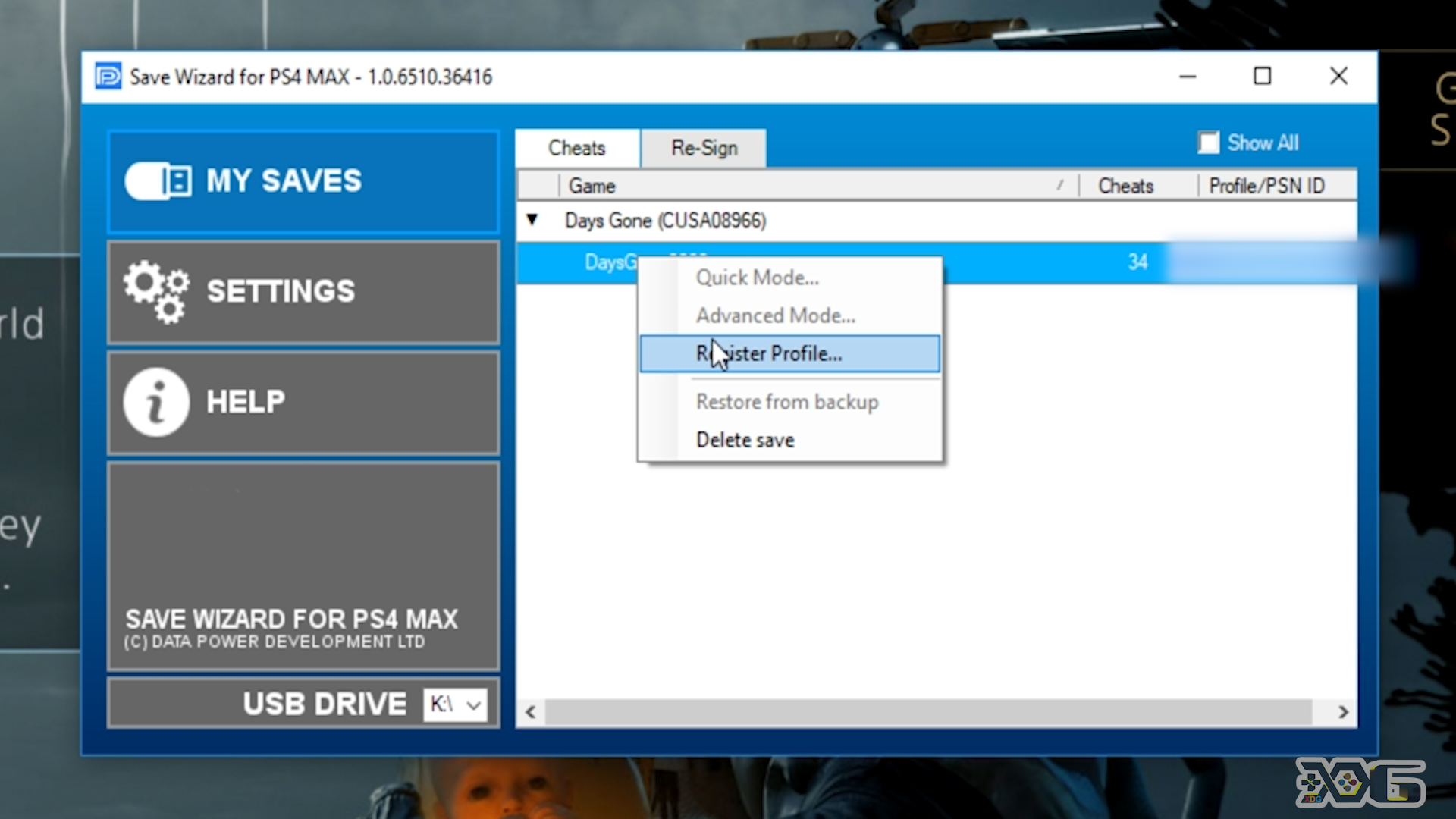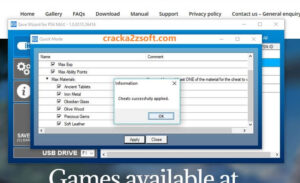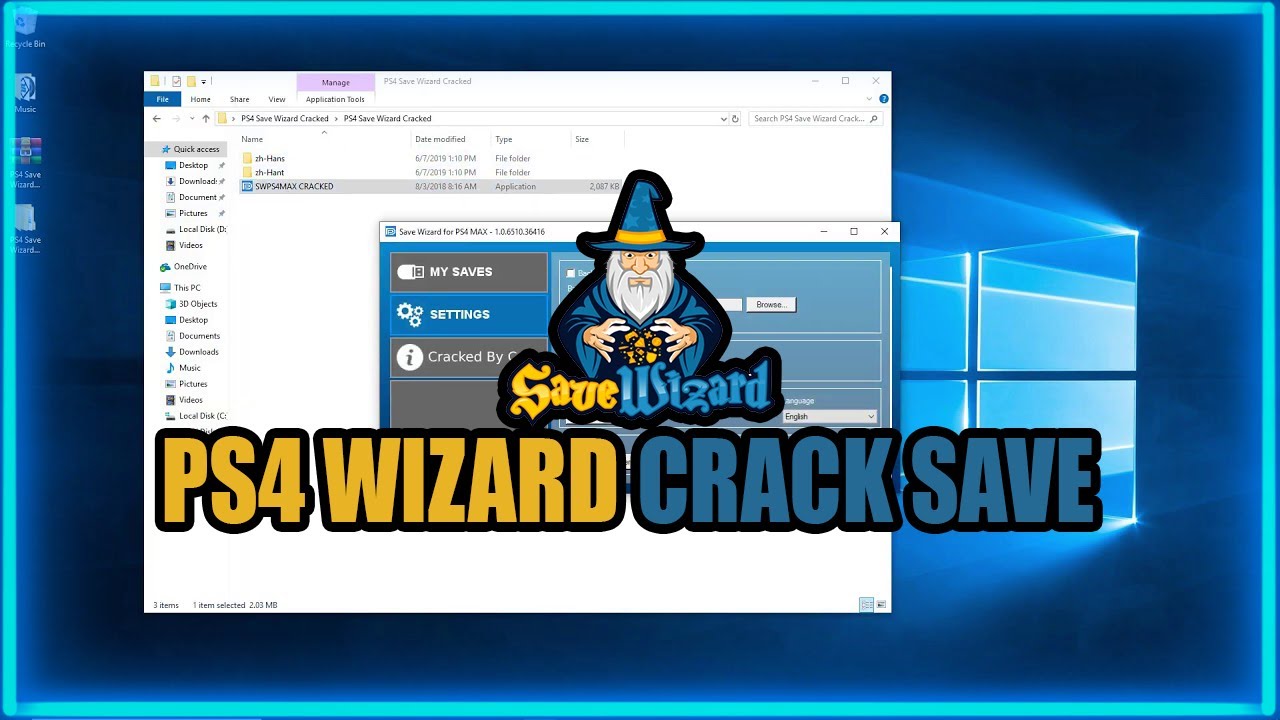

I have to say I bought into this world hook line and sinker just five or so hours in. Allowing the heart of the party (Noah and Mio) to serve as off-seers (trained officers who are meant to usher souls into the afterlife after falling in battle) provides for an emphatic, relatable lens through which to take in the story. Since dead soldiers’ souls fuel the machines of war on either side, things can get heavy. We get to see plenty of examples of provincial life, as well some silly downtime, all juxtaposed to the horrific realities of the battlefield. The constant conflict of this world is what makes things interesting.

There’s a push and pull here that reverberates throughout the game. You get real wizard school vibes, as teams of kids with powers compete with one another and make choices that impact their relationships in the current day. There’s a lot of flashbacks interspersed into the story as time goes on (with some of them showing up really late), which both inform the macro-narrative and help flesh out the main characters. As a result of a twist of fate, they end up meeting under auspicious circumstances. Our core six party members have a limited life span (with units called “terms”), all in service of one of two warring kingdoms (three people on each side). Time and what you choose to do with it is a huge theme, and it’s the emotional crux of the narrative.


With a relatable and easy-to-understand premise, Xenoblade Chronicles 3 has a much faster startup time than a lot of other JRPGs. Xenoblade Chronicles 3 ( Nintendo Switch) Xenoblade Chronicles 3, arguably the most accessible entry so far, is yet another example of why I’m glad that Monolith Soft is sticking with it. After getting a glimpse of the first image for the original Xenoblade Chronicles so many years ago, I never in my wildest dreams assumed we’d be welcoming multiple sequels.


 0 kommentar(er)
0 kommentar(er)
